
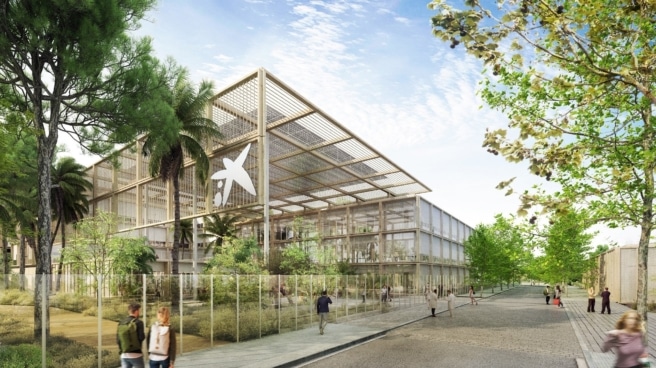
Image of the future Caixa Research Institute in Barcelona.
Mayor of Barcelona, Jaume Colboniand President of the La Caixa Foundation, Isidro Fein, laid this Tuesday the foundation stone of the Caixa Research Institute, the first Spanish research center specialized in immunology. The future center, which will become a reality thanks to an investment of almost 100 million euros made by the La Caixa Foundation, will become the epicenter of scientific research and the development of international standards in the field of immunology.
During the event, which was also attended by the director of the scientific project of the Caixa Research Institute, Josep TaberneroRepresentatives from each institution placed an object in the time capsule: an architectural design for the Caix Research Institute, a laboratory pipette and a facsimile of a 1932 brochure from the pioneering tuberculosis institute of Francesc de Moragas, who worked with one of the first electron microscopes from Spain.
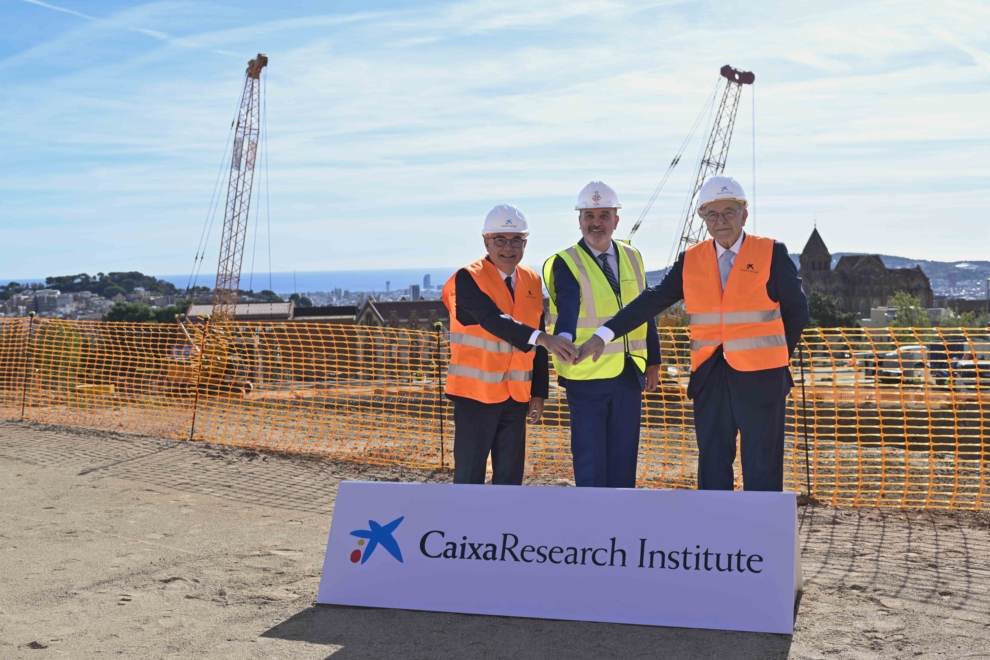
The laying of the foundation stone for the Kaisha Research Institute kicks off its construction and the development of the public square. Procedures have also been initiated to create the Caixa Research Institute Foundation, which will be the organization that will manage the center.
On November 15 and 16, the CosmoCaixa Science Museum will host the first event of the Caixa Research Institute. This is a Human Immunome Project workshop. In actiona high-level working meeting that will outline an action plan to build large-scale immune datasets and create publicly available artificial intelligence models of the immune system.
500 research specialists
Recent technological advances have enabled enormous developments in immunology in recent years. The Institute will focus on the interaction of immune system processes with the most common diseases, such as neurological, cancer and infectious diseases, as well as on the analysis of environmental factors that influence it.
On an area of more than 20,000 square meters, the institute will have first-class facilities and equipment for scientific activities – dry and wet laboratories, scientific and technical services and spaces for innovation, offices and spaces for events and training. It is expected that during 2025 the construction work of the first module will be completed, and the premises will be adapted for scientific purposes, which will accommodate the first research groups.
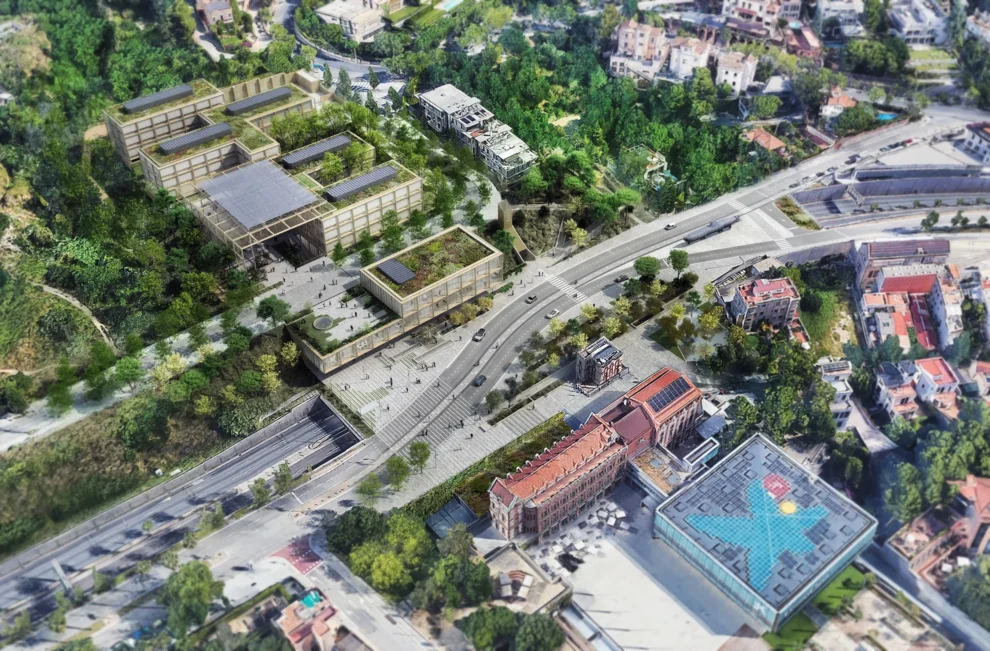
It is expected that in the first ten years of the center’s existence, from 500 to 700 specialists – scientists, technical and administrative staff – will join it. When reaching full capacity, the center will be able to include more than 40 research groups and scientific and technical service units.
“Milestone in the history of research” in Spain
“This first stone not only marks the beginning of the physical construction of the first research center specialized in immunology in Spain, but also represents a transcendental milestone in the history of research in our country,” said the president of the Caixa Foundation.” Isidro Faine. “By bringing together the efforts of various actors committed to the well-being of society, we will be able to promote innovative solutions to the great challenges that we currently face in the field of health, thereby contributing to the ultimate goal of the “la Caixa” Foundation, “which is nothing less , as creating a better and more just society, especially for those who need it most.”
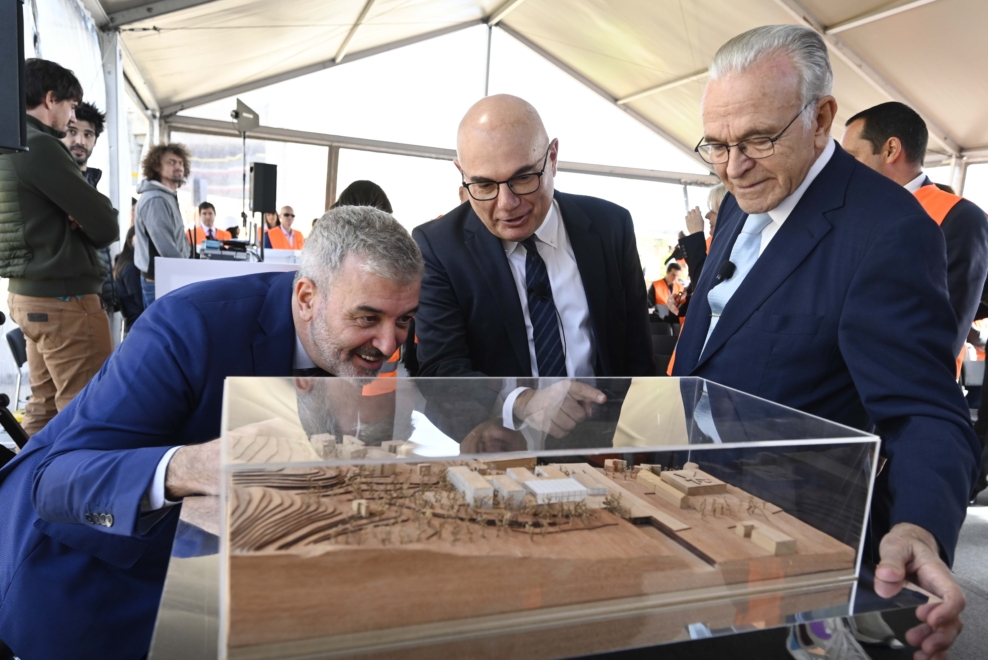
The mayor of Barcelona, Jaume Colboni, thanked the La Caixa Foundation for its commitment to investing in research in the city, “the scientific capital of Spain and Europe.” For his part, Josep Tabernero noted that “the institute acts as the epicenter where science will reveal its full potential. Research teams will have cutting-edge instruments, cutting-edge technology and a first-class research environment at their disposal. “
Talent attraction
With the goal of attracting cutting-edge talent to the Caixa Research Institute, Dr. Anthony Ribasdirector of the Parker Institute for Cancer Immunotherapy and the Tumor Immunology Program at the Johnsson Comprehensive Cancer Center at UCLA, as president of the organization’s advisory committee.
The Caixa Research Institute aims to promote translational research based on life sciences technologies, using an interdisciplinary approach and in coordination with the biomedical ecosystem of Spain and Portugal, especially with the four centers associated with the initiative of the Foundation “la Caixa”: Barcelonaβeta Center for Brain Research . (BBRC), AIDS Research Institute (IrsiCaixa), Barcelona Institute of Global Health (ISGlobal) and Vall d’Hebron Institute of Oncology (VHIO).
Eco-friendly and respectable building in the Sierra de Collserola Natural Park.
Model building
TAC Arquitectes is the architectural studio implementing the project of the Caixa Research Institute. It will consist of two buildings connected by a gazebo that will dominate and define the complex. The center will be integrated into the Sierra de Collserola park and connected to the CosmoCaixa Science Museum through a new public square.
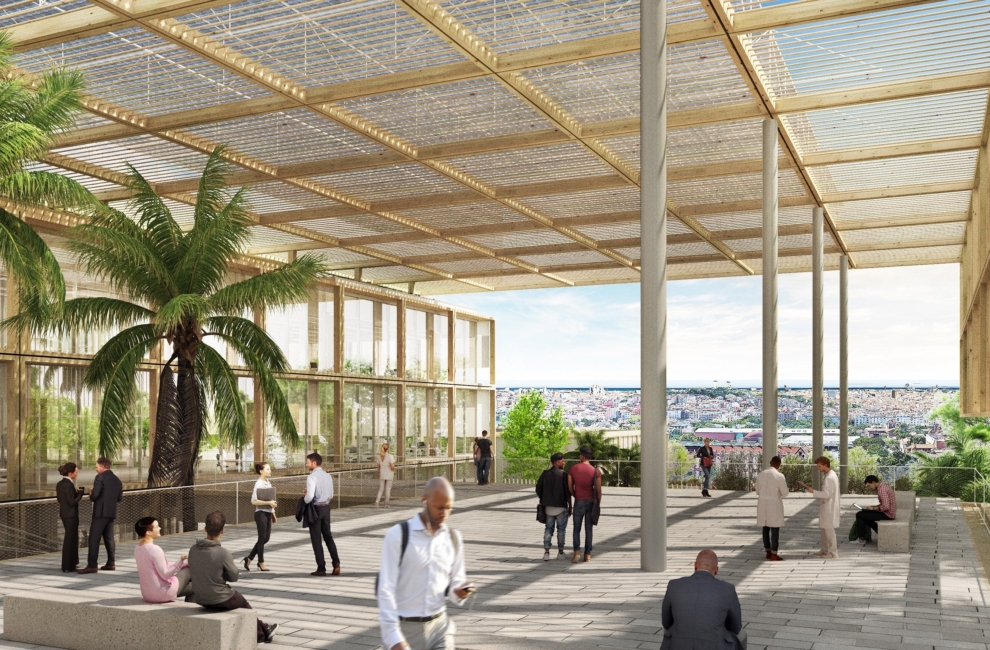
The Caixa Research Institute will be an eco-friendly building constructed from recycled and reused materials. It will be equipped with photovoltaic panels, water harvesting methods for irrigation and internal use, geothermal sensors for air conditioning, and consumption monitoring systems. There are also plans to have a positive impact on the environment through expanded green spaces, green roofs and landscaping based on native vegetation.
Source: El Independiente